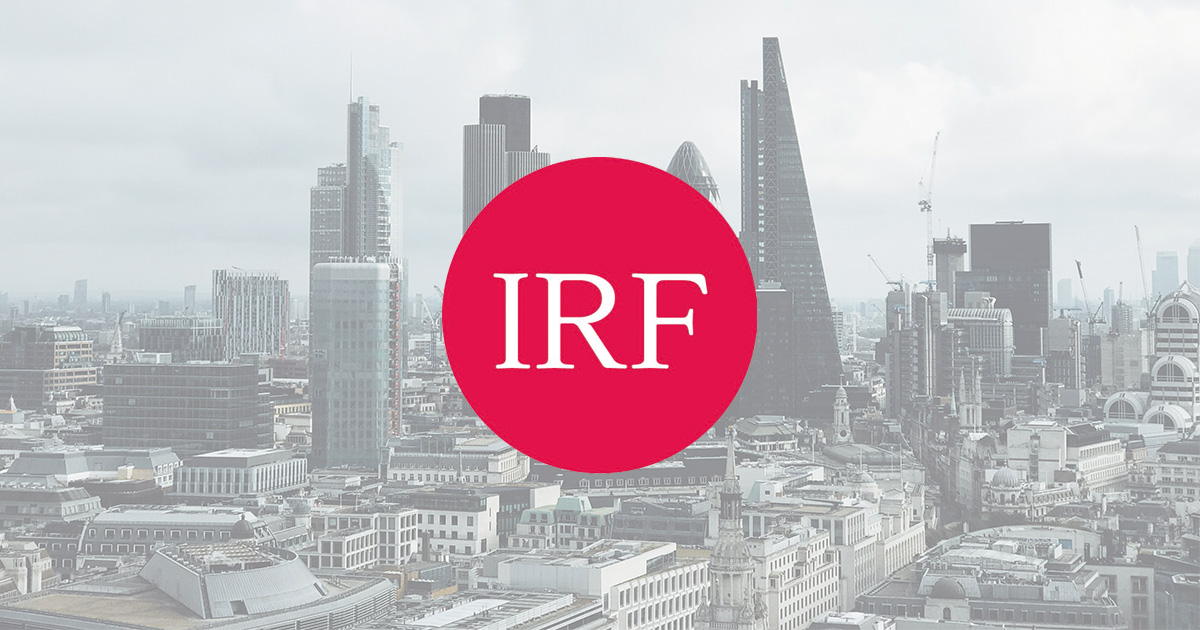Policy Makers are Playing with Fire!
Macro Intelligence 2 Partners
Thu 23 Sep 2021 - 15:00
Summary
Julian began his conference call by focusing on inflation. Back in March, Powell said that firms would be reluctant to raise prices, but he's been utterly wrong. The reality is that we continue to see rising prices for goods and services as demand outstrips supply and companies pass higher costs on to customers. In Q1 2022, as base pressures start to wane, headline price pressures should peak. But MI2 models continue to see broad underlying price pressures that will drive core inflation. For example, the models suggest the most substantial wage pressures in 20 years, with median increases of 4-5%. The fundamental problem is that markets underestimate last year's enormous stimulus, which is still working through the economy. Julian highlighted MI2's excessive stimulus model, which combines loosening monetary and fiscal policies to predict inflation accurately. The model shows 6% core CPI by the end of 2022/early 2023. Hence, overheating is now the dominant economic risk.
Yes, there are supply bottlenecks, which create the impression of stagflation. But the risk of an economic slowdown is overblown because demand remains robust. In particular, inventory rebuild is still in its infancy, and employment demand is incredibly solid. Furthermore, there are nascent signs that the US is on the cusp of a new credit cycle, with the Fed's Senior Loan Officer Survey showing that the willingness of banks to lend to consumers is the highest in a decade and C&I loans the highest in 30 years. These factors aren't consistent with the growing fear of a recession. The same can be said for Europe and the UK, which lag the US by 3-6 months.
In fixed income, since June, the US yield curve has flattened. Frequently, this move is associated with economic slowdowns and has emboldened the economic growth bears. However, they are confusing their flatteners. That's because since the Fed pivoted hawkish in June, the dominant move has been a bear, not a bull flattener, i.e., led by tightening of rates at front/belly of the curve. However, while the market has moved to price in some hikes, Julian believes Eurodollars are still massively mispriced given the economic growth/inflation backdrop. Technically, he believes that late 2023 contracts could still price in another 100bps.
With PMIs naturally slowing and fixed income vulnerable, equity gains should decelerate, creating technical vulnerabilities. The Dax is currently fascinating, with waning momentum and the lowest realised volatility in over thirty years. A reasonable correction would be 10% to the 50-week moving average. But something far uglier shouldn't be dismissed. While US stocks continue to outperform, there are obvious risks. Like the Dax, the broad US market is losing momentum, and the Growth/Value set-up looks similar to the highs of the dot.com bubble. Julian showcased a chart comparing the Russell's total return against silver, and we are back at extremes where the broad US equity market has fallen in the past.
Any sharp correction in equities will bring us to the ultimate endgame when the Fed is forced to decide which markets, i.e., bonds, stocks, and the dollar, to support. Unfortunately, economic reality dictates they can only pick two of three, and given the underlying financialisation of the real economy, logic dictates that they sacrifice the currency. Julian's models suggest a precipitous dollar decline starting late this year, early next year.
Topics
Talk of economic weakness in the US is overblown. Instead, the economy looks like it did in 2011, with at least 18 months of solid growth ahead
At Jackson Hole, Powell doubled down on “transitory”. His arguments look flimsy. In 2022, headline prices will wane, but core pressures look highly robust
Central banks are behind the curve. They need to start tapering and tightening PDQ. Watch the front end and belly of the bond curves
At that point, the risk to equities will rise. Indeed, the odds are that any attempt to tighten will yet again end in another crisis.
